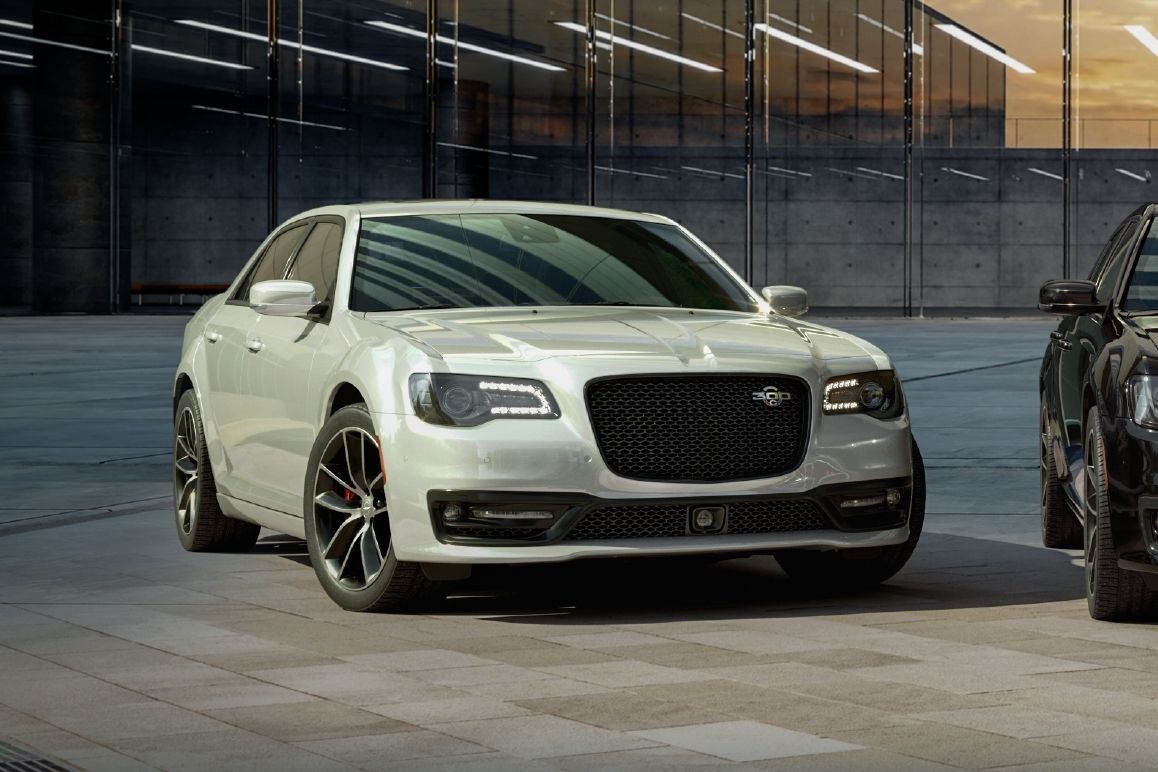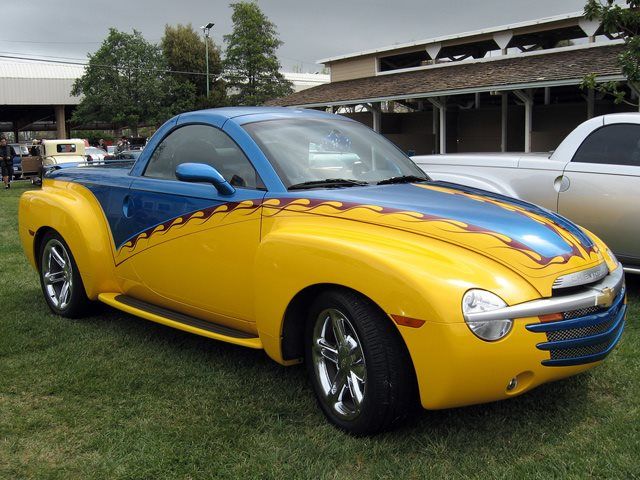
If there's one common theme throughout this series, it's cars which have been built even though their makers should have known better. The story of the SSR therefore begins with the Plymouth Prowler, an even bigger sales disaster from a few years earlier. The SSR also shows the limits of "retro" styling, and proves conclusively that a hotrod cannot be something bought pre-customized. The Prowler started off as an interesting design exercise, but went on to be an absolute disaster in production.
Chrysler's design team was given carte blanche to create a hotrod-style car of the modern era, with strong retro influences. It was actually a pretty cool-looking car, but looks aren't everything, as Chrysler would soon learn. We're told that the engineers could have done whatever they wanted, but that does raise the question of why a 214 horsepower 3.5-liter V6 was selected as a power plant in what was supposed to be a performance model. It certainly doesn't seem to have been a cost issue, as early models started at $38,000 and would eventually reach $44,000 by 2002, the year before the debut of the SSR.
Sales were abysmal, never reaching more than even 4,000 units in one year, and totaling less than 12,000 units for its entire production cycle. Chevrolet seemed to have looked at the Prowler and said "we can do better". An admirably ambitious statement, but one which ultimately entirely failed to grasp the situation. Chevy paid attention to the complaints about the V6 in the Prowler, and they also listened to the praise which the car's appearance received. It wouldn't do for them to simply turn out another straight-up hotrod; that would have been too blatant a rip-off.
So instead they built a car which was meant to be a modern reimagining of a hot-rodded and chopped version of their '47-'53 pickups. Then they took it a step further and gave it a retractable hardtop. One thing which was indisputably right with the SSR was the engine. Well, they eventually got the engine right. 2003 and '04 models used a 5.3-liter V8 which produced a lowly 300 horsepower. This proved not to be powerful enough, and it was changed out in '05 models for a more powerful mill. This was the LS2 V8 engine which saw service in the C6 Corvette and the short-lived modern Pontiac GTO.
This produced 390 horsepower and had the option of a six-speed manual transmission. Unfortunately, this proved to be too little too late, especially when considering the SSR's biggest engineering shortcoming. This downside was that, presumably as a means to keep production costs down, the SSR borrowed heavily from GM's SUV/truck parts bin. The result was a vehicle which was genuinely absurdly heavy, weighing in at more than 4,700lbs, a figure which is almost difficult to believe. That meant that even with the LS2, the SSR was still sluggish.
One can only imagine how much better the SSR would have been had Chevy managed to trim the weight and pick the right engine from the outset. The SSR received a warm reception from the automotive press, and it managed to sell considerably better than the Prowler, with more than double the number of units produced. Of course, pathetic doubled still isn't very good. Chevy had counted on 14,000 to 15,000 sales annually, but in none of the four model years in which the SSR was sold did it manage to clear 9,000 units, and total sales amounted to just over 24,000 in all. But the real lesson of the SSR has nothing to do with weight or engines.
The problem with the SSR, as well as the Prowler, was that hotrods are made, not bought. Quite a few car companies have shown a stubborn refusal to accept the notion that anything which they offer straight from the dealership isn't really "customization" at all. This might not matter too much with most cars, but a hotrod is something which is supposed to be subversive. It is a statement on the owner's refusal to accept things as they are, and it shows him to be in control of his own destiny. Moreover, it should reflect the owner's own personal sense of style, as vehicle customization is as much about showing off as anything else.
Buying a premade hotrod give you no bragging rights whatsoever. It is as if you are saying "I would like to rebel, but I lack the knowledge, skill and ambition to do so properly", which isn't exactly the sort of message which most people would like to send about themselves. Head-turning though the design may have been, it's not so difficult to see why it was a sales dud. We're all better off that the retro styling trend abandoned this line of thinking.

